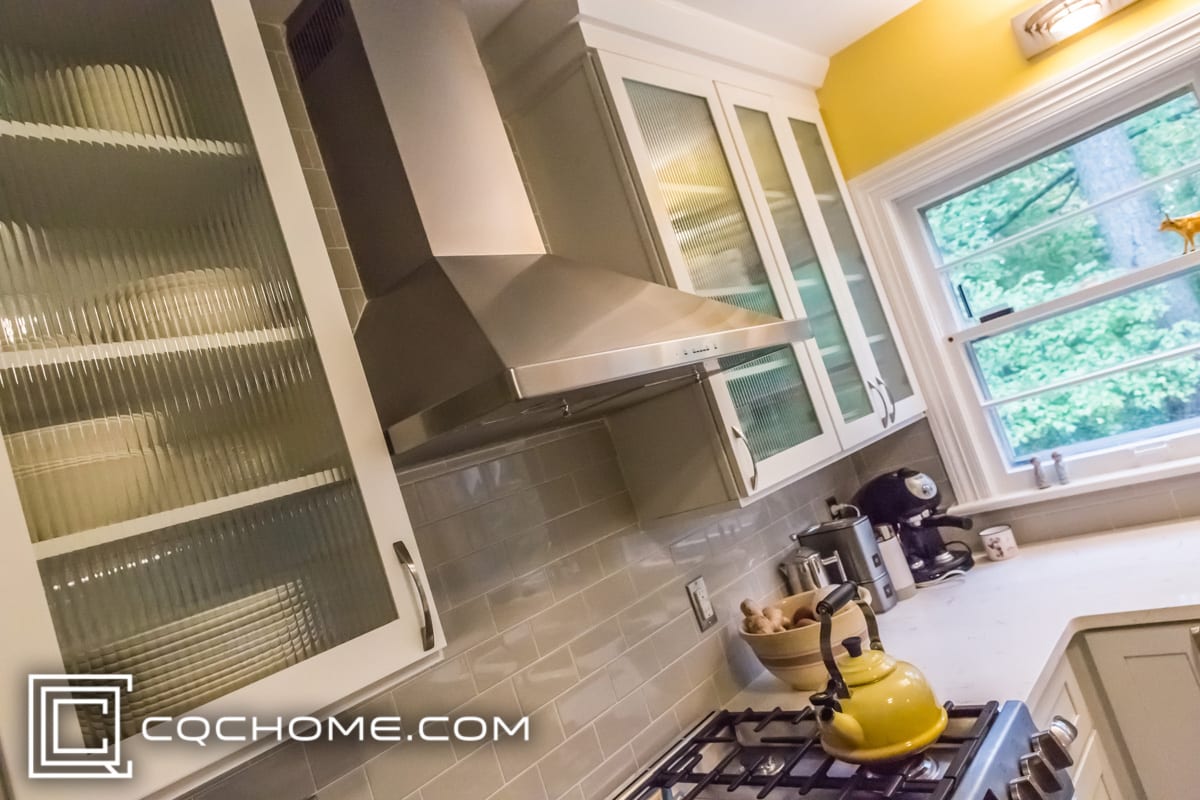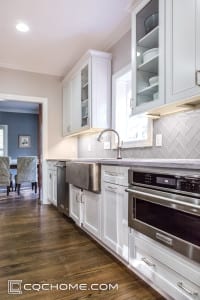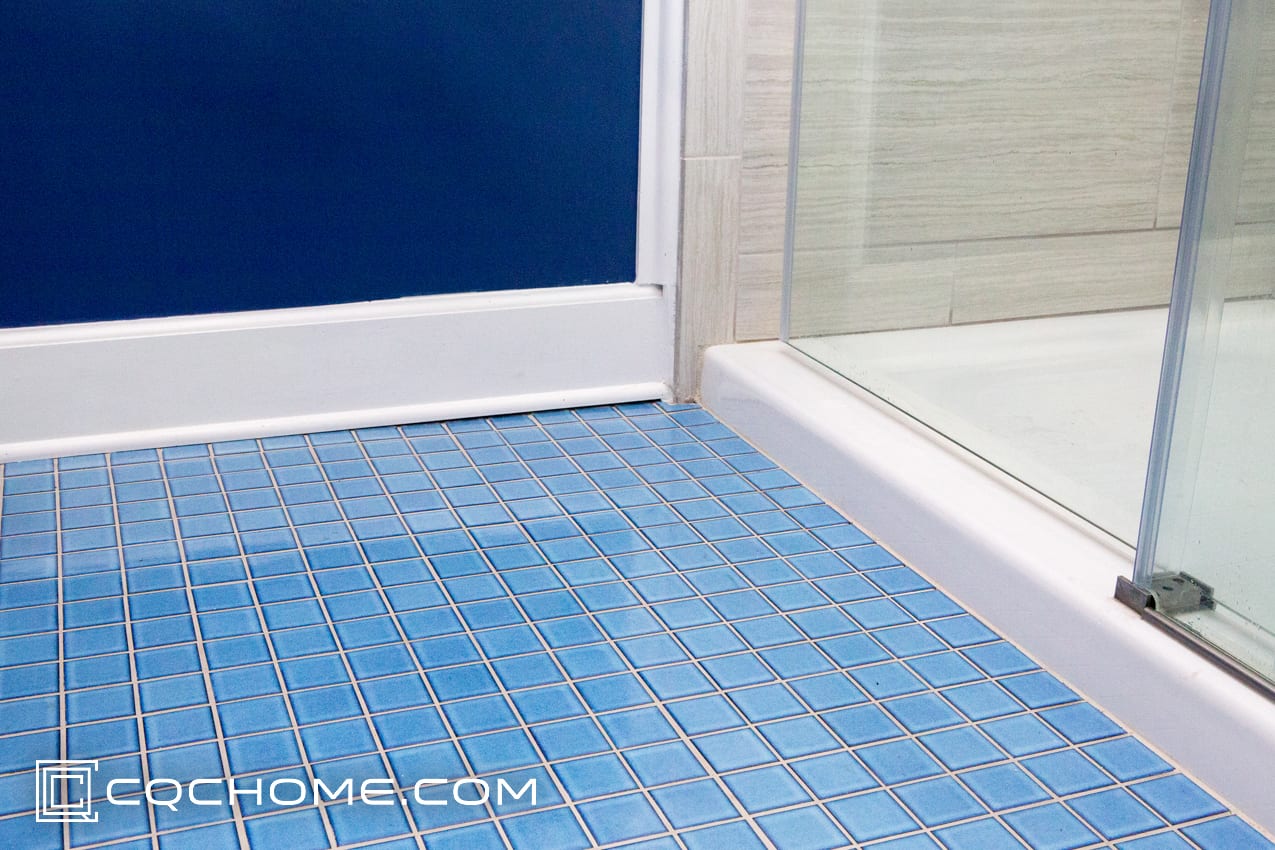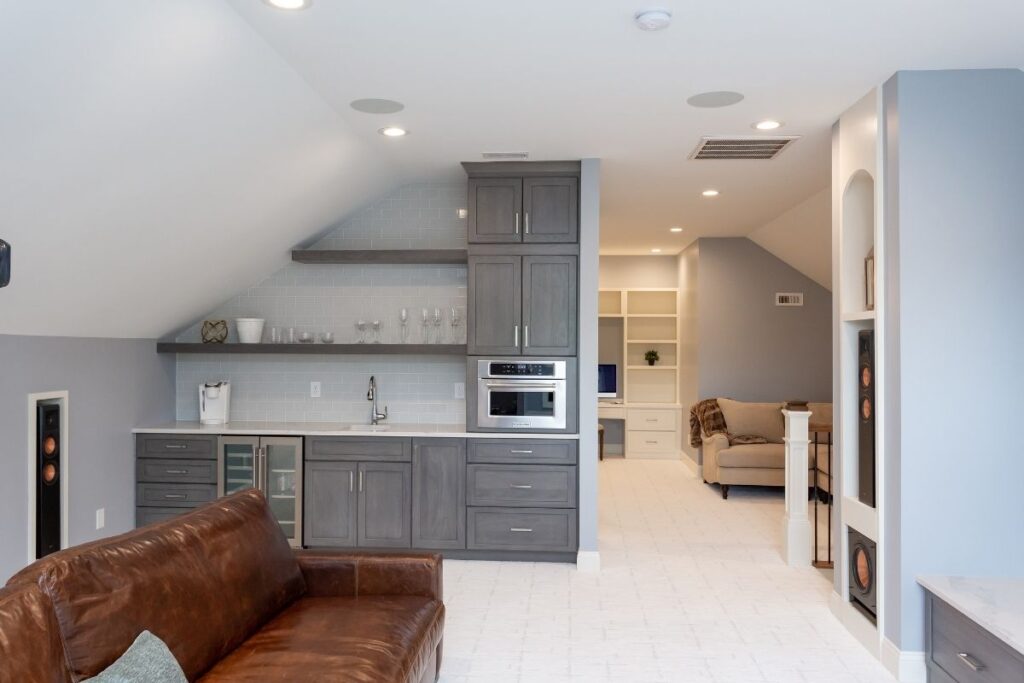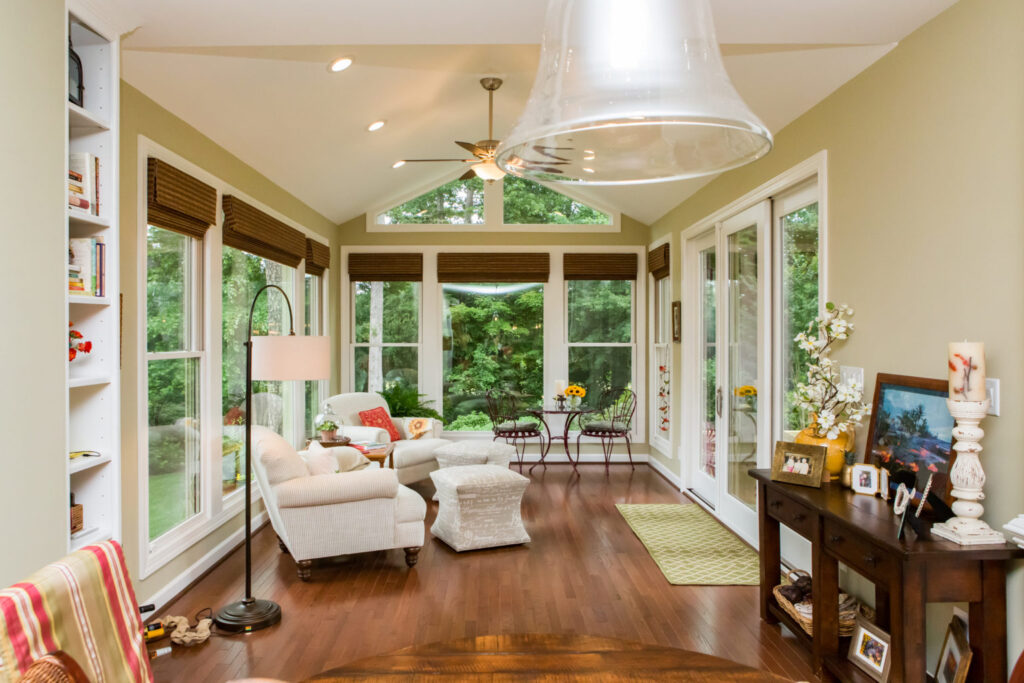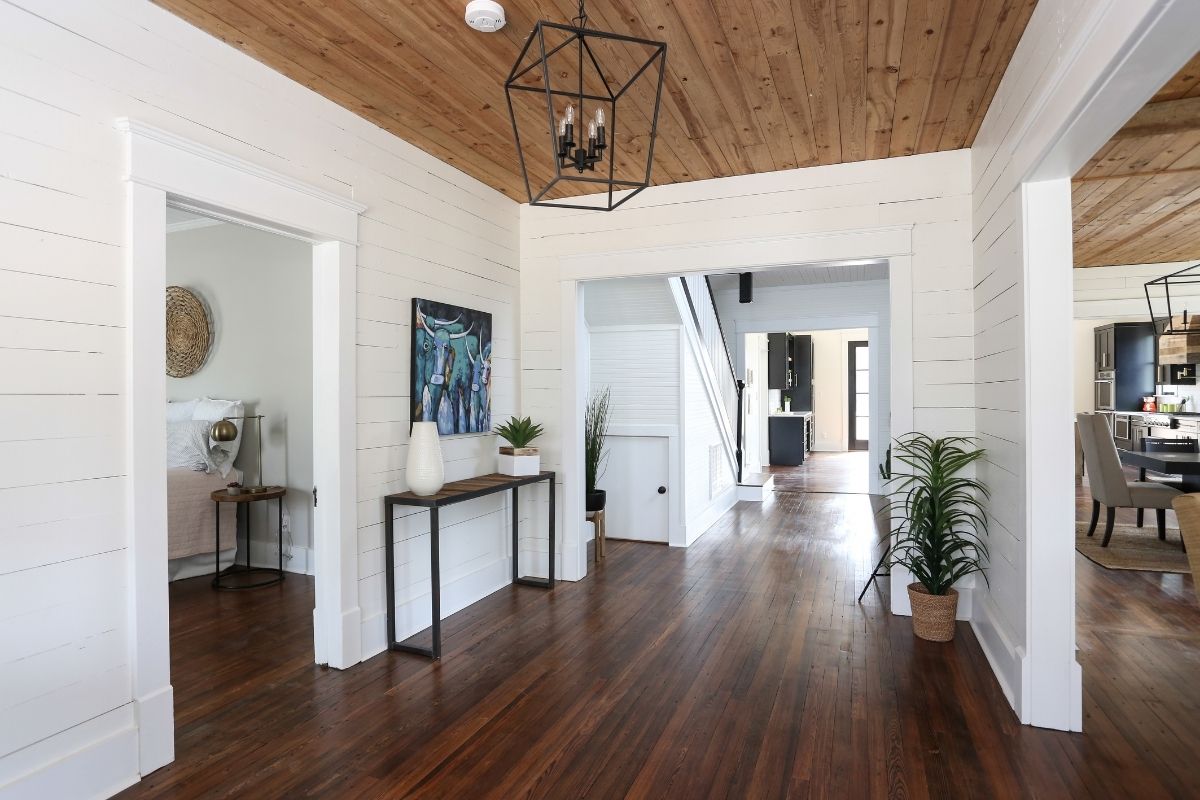The Grout Divide
LearnThe type of grout you chose may be at the bottom of your list, but here’s why it should be at the top. The obvious reason is that grout is what bonds your floor or wall together. Let’s think beyond that. Quick — what are the two areas in your home that get exposed to lots of moisture, mess and heavy foot traffic? If you guessed bathroom and kitchen, you are absolutely correct! Using sanded grout in these areas of your home will prevent your newly installed tile from cracking, chipping, and shrinking along the edges. Here are some things to keep in mind when selecting your grout type:
Sanded grout can only be used in spaces between the tiles (known as “joints”) that are greater than 1/8 inch. Prices range from $15 to $40 depending on brand and quantity selected.
Unsanded grout is smooth in texture and clings well to vertical surfaces, such as shower walls. It is ideal for ceramic wall tiling. Just like sanded
grout, unhanded grout usually runs anywhere between $15 to $40 depending on the brand and quantity you select. This type of grout is specifically made to be used in joints less than 1/8 inch.
Why is it so vital to use the correct grout? If you try to grout joints
that are too large for the grout type you have selected, the grout will
shrink enough to pull away from the sides of the tile. You definitely do not want any set backs! Especially ones you that can be avoided with a little knowledge.
Epoxy is top notch and can be used for any tile installation, no matter the joint measurement between tiles. It is the sturdiest of all three, as well as waterproof and stain resistant. Needless to say, since it is the crème de la crème, it is the most expensive. Prices ranges from $50 to $150. A 5.5 pound bucket typically covers 122 square feet, while an 11 pound bucket typically covers 245 square feet.
Now don’t get overwhelmed at the fact that there are more than one hundred colors available to choose from in grout. We are going to help you narrow down that wide range of colors to choose from based on functionality and durability. It would be best to stick to light, neutral-colored grouts in your bathrooms and kitchens. I know you may be thinking grays, browns and beiges are not very exciting but there is a huge advantage in choosing them. These color choices are less likely to fade or discolor, and are much easier to keep clean. Who doesn’t love that, especially if you have little ones running around? Happy grout shopping!


